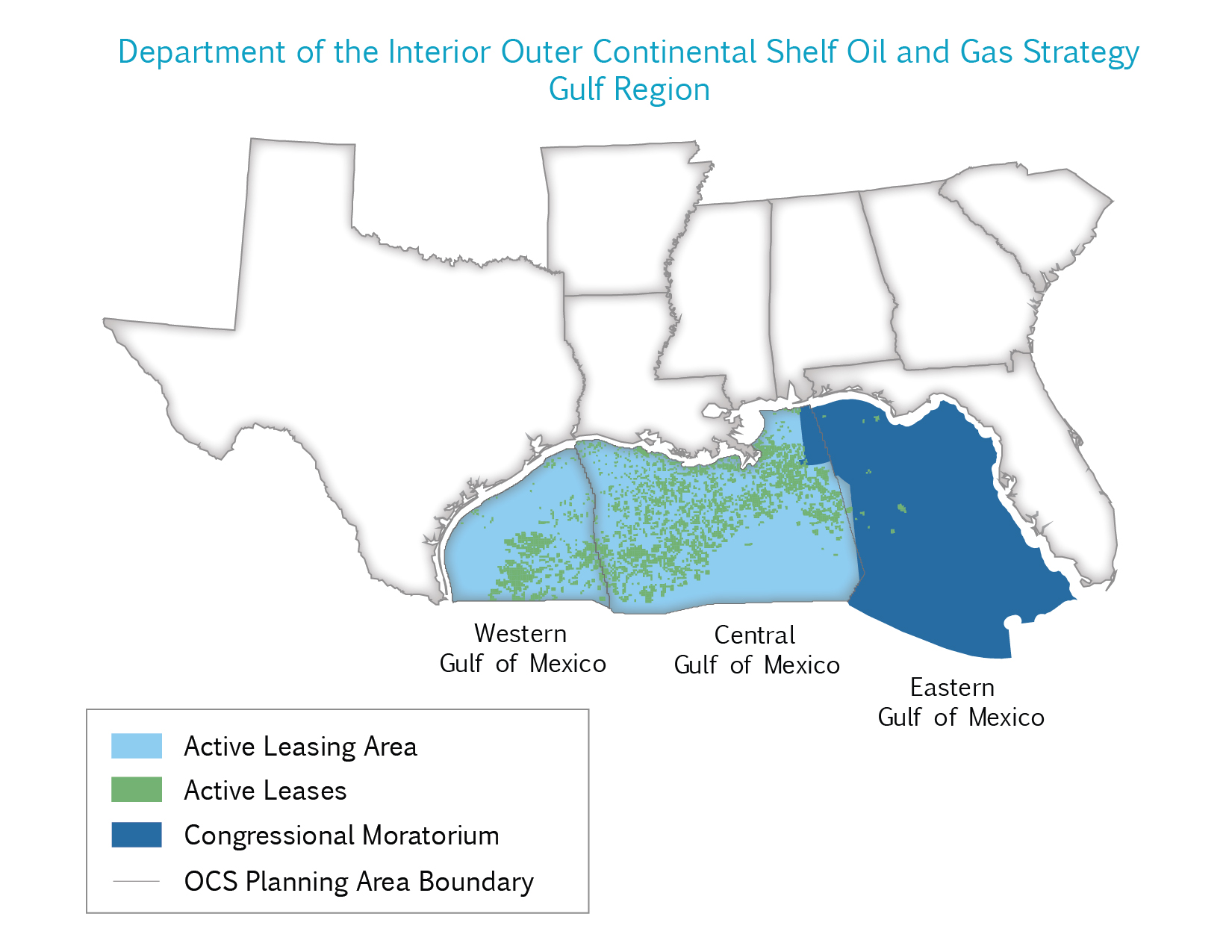
You may have never heard of the Bureau of Safety and Environmental Enforcement, but the BSEE is about promoting safety, protecting the environment, and conserving resources offshore through “vigorous regulatory oversight and enforcement.”
The BSEE has been releasing information regarding off-shore drilling rigs the last few days as Barry approaches. I know a lot of folks know someone who works on a platforms and rigs so I wanted to pass along some info.
Offshore oil and gas operators in the Gulf of Mexico have evacuated platforms and rigs in response Tropical Storm Barry. The Bureau of Safety and Environmental Enforcement (BSEE) Hurricane Response Team continues to monitor activities. BSEE reports that a total of 191 production platforms have been evacuated. That is about 30-percent of the roughly 650 manned platforms in the Gulf of Mexico.
Production platforms are the structures located offshore from which oil and natural gas are produced. Unlike drilling rigs, which typically move from location to location, production facilities remain in the same location throughout a project’s duration.
From the BSEE:
Personnel have been evacuated from 7 rigs (non-dynamically positioned “DP” rigs), equivalent to 33.33 percent of the 21 rigs of this type currently operating in the Gulf. Rigs can include several types of offshore drilling facilities including jackup rigs, platform rigs, all submersibles and moored semisubmersibles.
Eleven DP rigs have moved off location out of the storm’s path as a precaution. This number represents 55 percent of the 20 DP rigs currently operating in the Gulf. DP rigs maintain their location while conducting welloperations by using thrusters and propellers, the rigs are not moored to the seafloor; therefore, they can move off location in a relatively short time frame. Personnel remain onboard and return to the location once the storm has passed.
As part of the evacuation process, personnel activate applicable shut-in procedures, which can frequently be accomplished from a remote location. This involves closing the sub-surface safety valves located below the surface of the ocean floor to prevent the release of oil or gas. Shutting-in oil and gas production is a standard procedure conducted by industry for safety and environmental reasons.
From operator reports, BSEE estimates that approximately 53.39 percent of the current oil production in the Gulf of Mexico has been shut-in, which equates to 1,009,012 barrels of oil per day. It is also estimated that approximately 44.51 percent of the natural gas production, or 1,237.28 million cubic feet per day in the Gulf of Mexico has been shut-in. The production percentages are calculated using information submitted by offshore operators in daily reports. Shut-in production information included in these reports is based on the amount of oil and gas the operator expected to produce that day. The shut-in production figures therefore are estimates, which BSEE compares to historical production reports to ensure the estimates follow a logical pattern.
After the storm has passed, facilities will be inspected. Once all standard checks have been completed, production from undamaged facilities will be brought back on line immediately. Facilities sustaining damage may take longer to bring back on line. BSEE will continue to update the evacuation and shut-in statistics at 1:00 p.m. CDT each day as appropriate.
Total Percentage
of GOMPlatforms
Evacuated191 28.55% Rigs
Evacuated7 33.33% DP Rigs
Moved-off11 55% Total shut-in Percentage of GOM Production Oil, BOPD
Shut-in1,009,012 (BOPD) 53.39% Gas,
MMCFD
Shut-in1,237.28 (MMCFD) 44.51% This survey information is reflective of 36 companies’ reports as of 11:30 a.m. CDT today.

